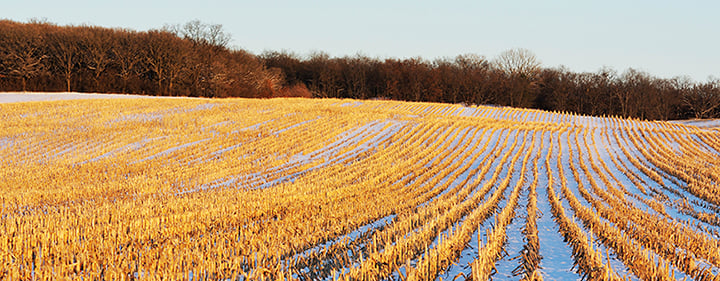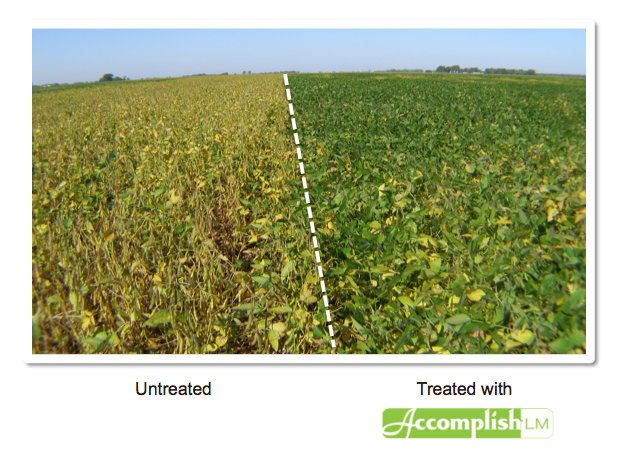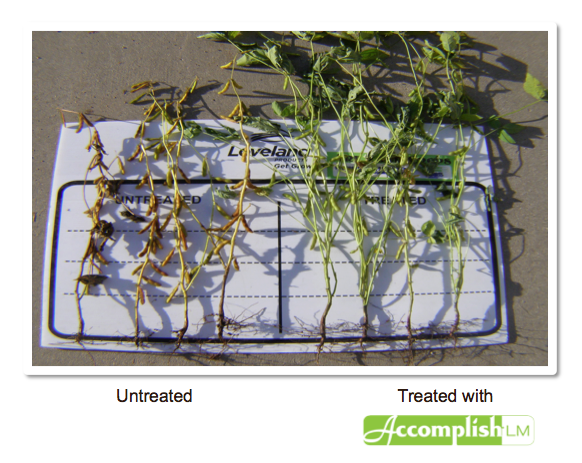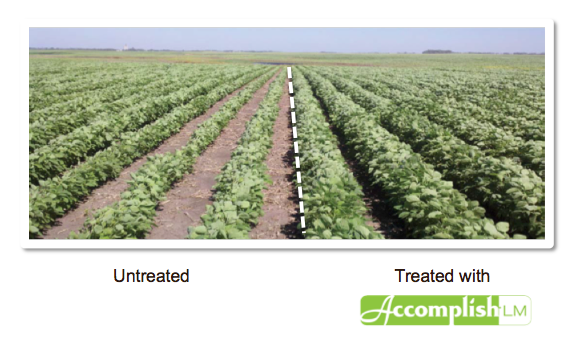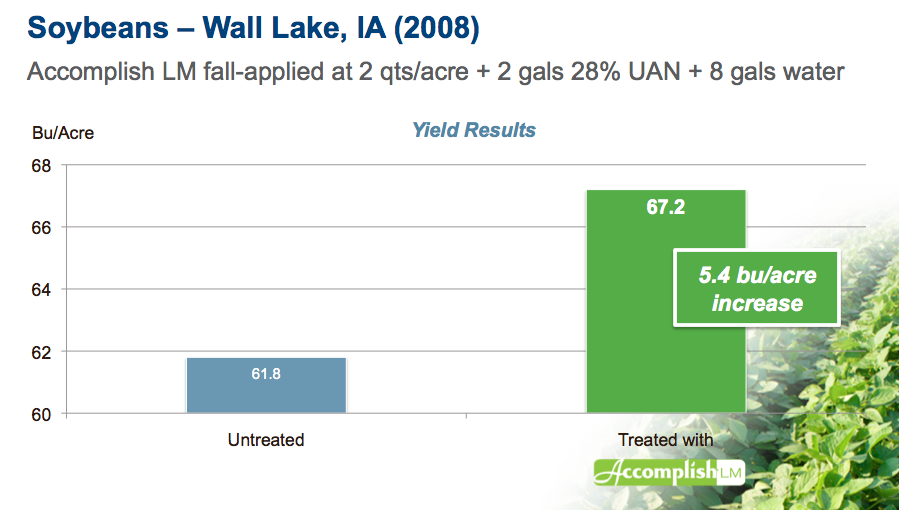In a demonstration conducted by Nutrien Ag Solutions in Galesburg, Illinois, EXTRACT PBA was sprayed in fall on a corn field post-harvest. In the following spring, stalks were pulled and split to examine the differences in residue breakdown between treated and untreated parts of the field.
As seen in the photo, the EXTRACT-treated stalks were in a more advanced stage of decomposition than untreated stalks by early spring.
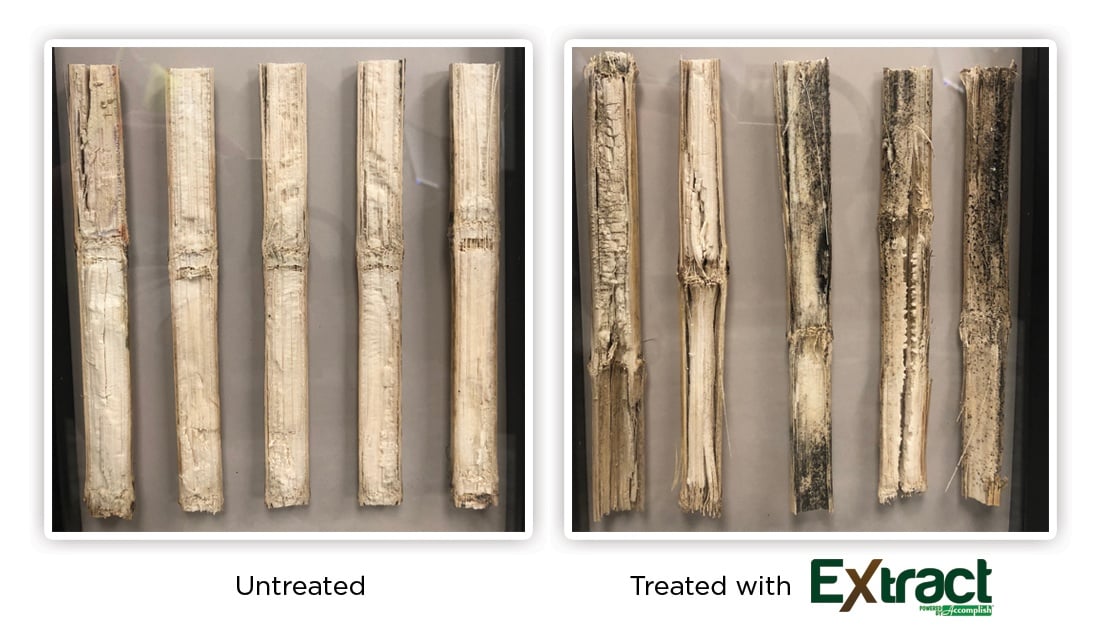 EXTRACT was sprayed on Nov. 29, 2017. This photo shows corn stalks from treated and untreated parts of the field that were pulled and split on March 23, 2018.
EXTRACT was sprayed on Nov. 29, 2017. This photo shows corn stalks from treated and untreated parts of the field that were pulled and split on March 23, 2018.
"I think this picture speaks volumes about product performance due to the fact that EXTRACT was sprayed when nozzles were almost freezing up, and the stalks were pulled when it was nearly freezing outside," says Michael Bern, the crop consultant who performed the demo. "It's a good illustration of how EXTRACT works when the soil microbes technically haven’t even woken up from hibernation."
EXTRACT can be broadcast or applied though fertigation at 1 to 2 gallons/acre, with 1 gallon of UAN/acre recommended and a minimum spray volume of 10 gallons/acre.
Learn more by downloading the EXTRACT product booklet.







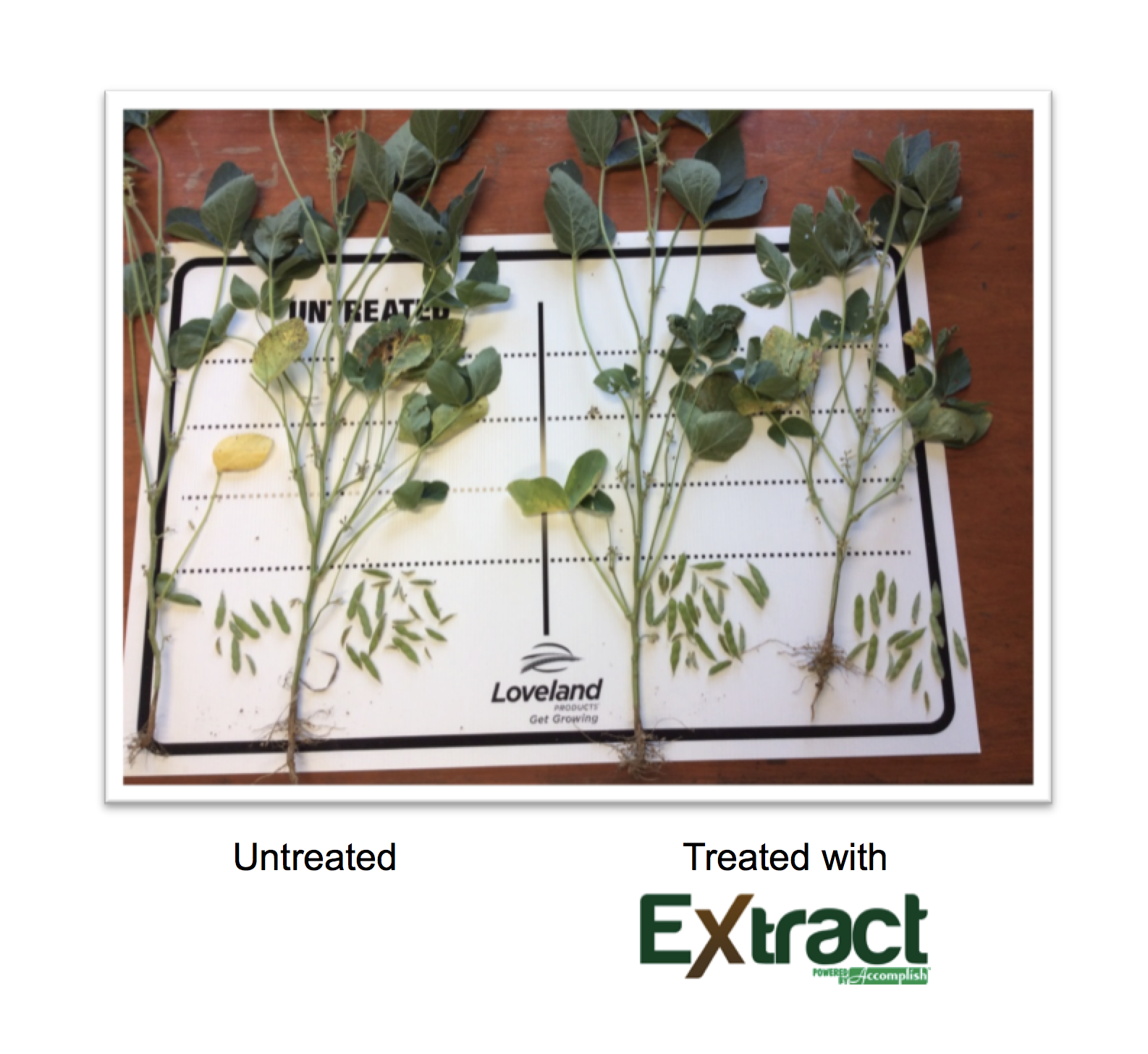

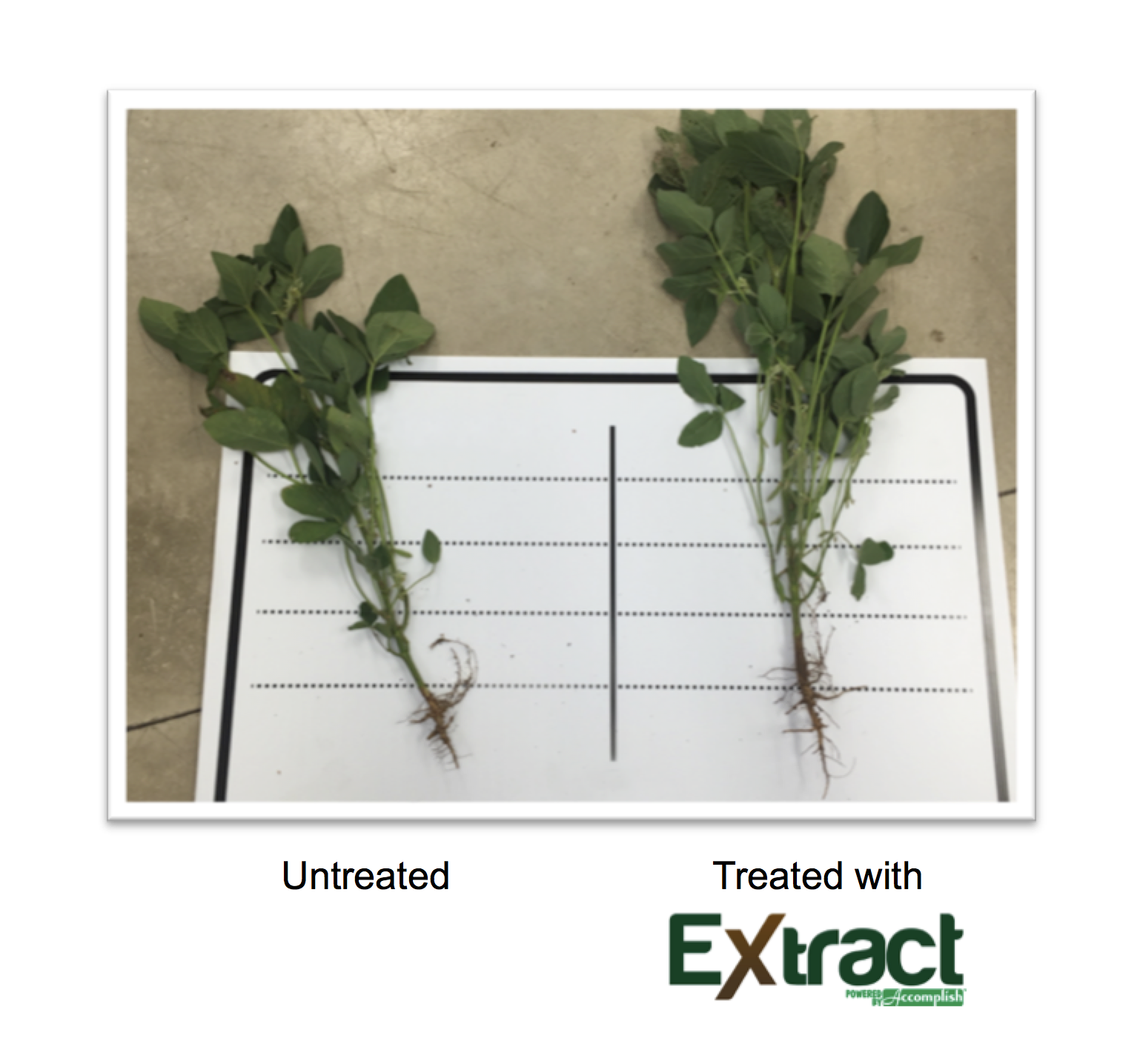
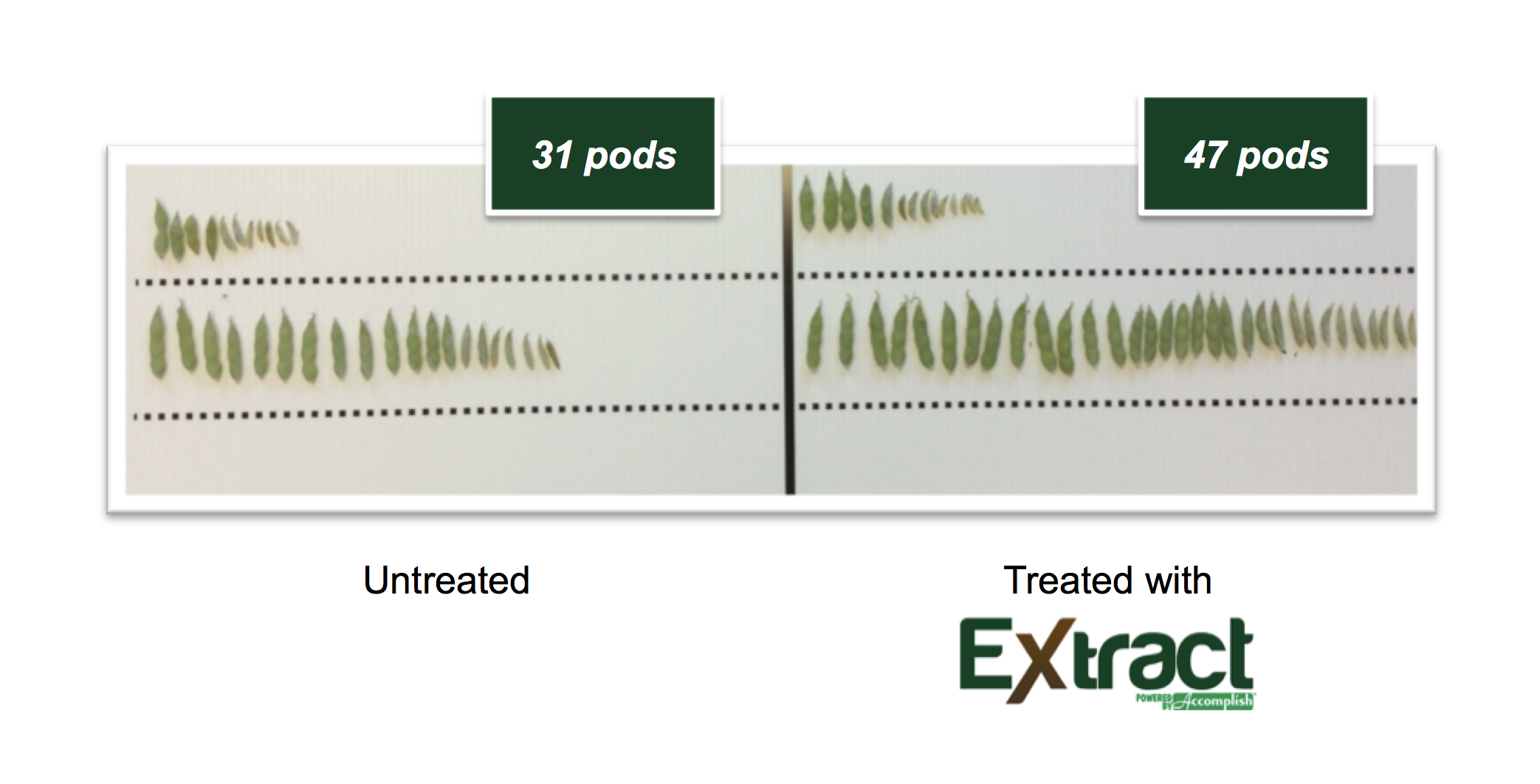
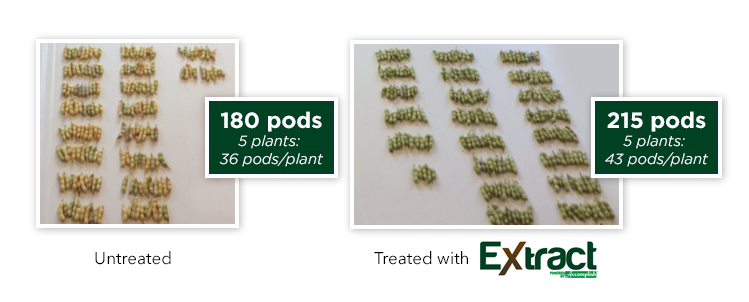

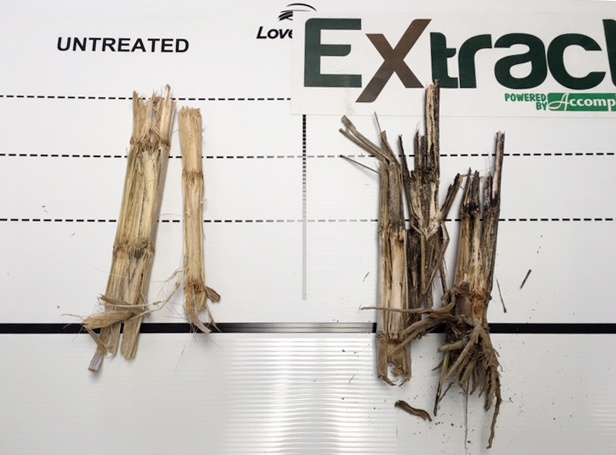

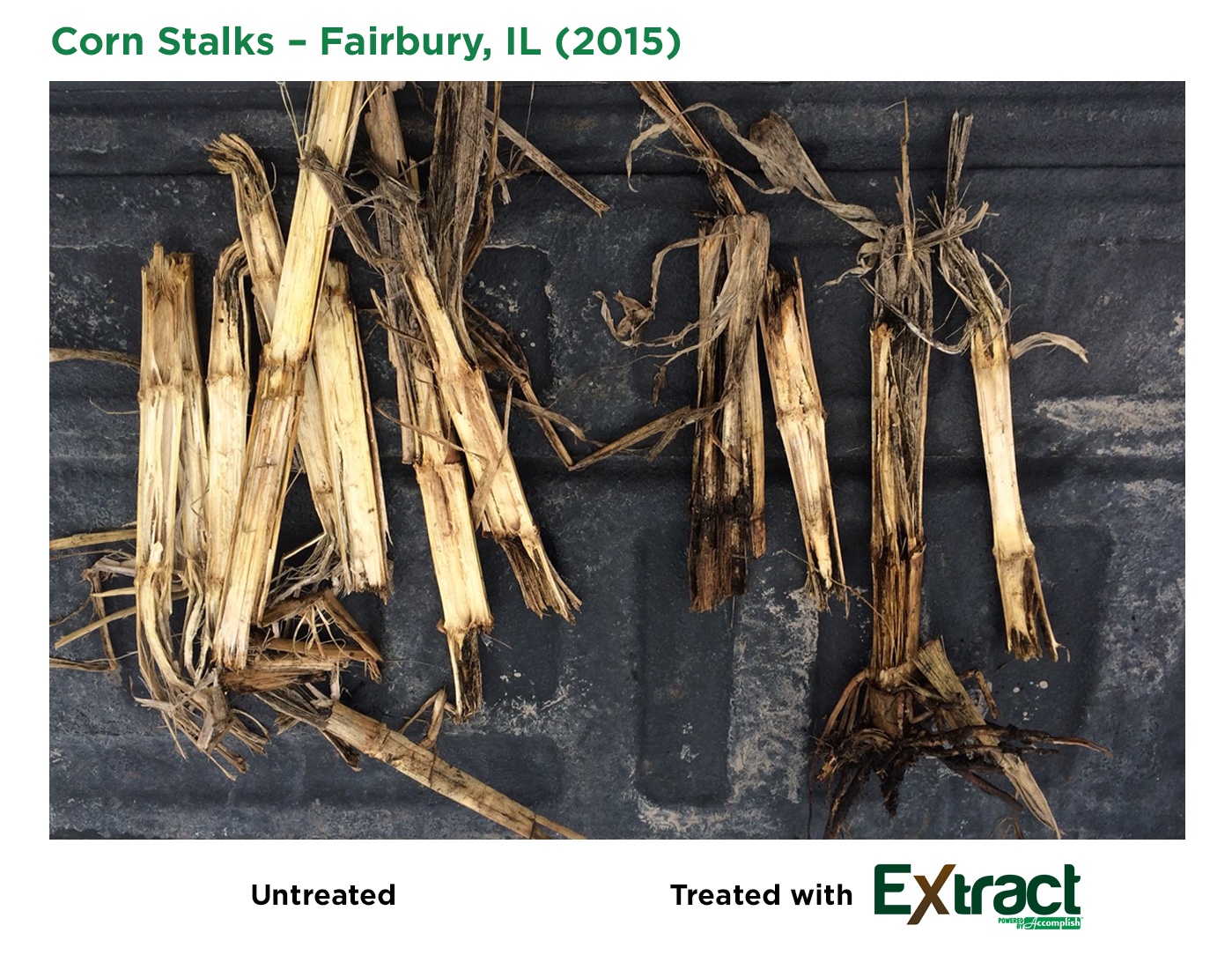
![Frequently Asked Questions About Extract PBA [New Booklet]](http://www.agricen.com/hubfs/Extract_FAQ_Image.jpg)



![[Video] How to Use This Season’s Residue to Feed Next Season’s Crop](https://embed-ssl.wistia.com/deliveries/150509fe57db88b4dc437a87068ca5a254c0e74c.jpg?image_play_button=true&image_play_button_color=71b871e0&image_crop_resized=440x248)


